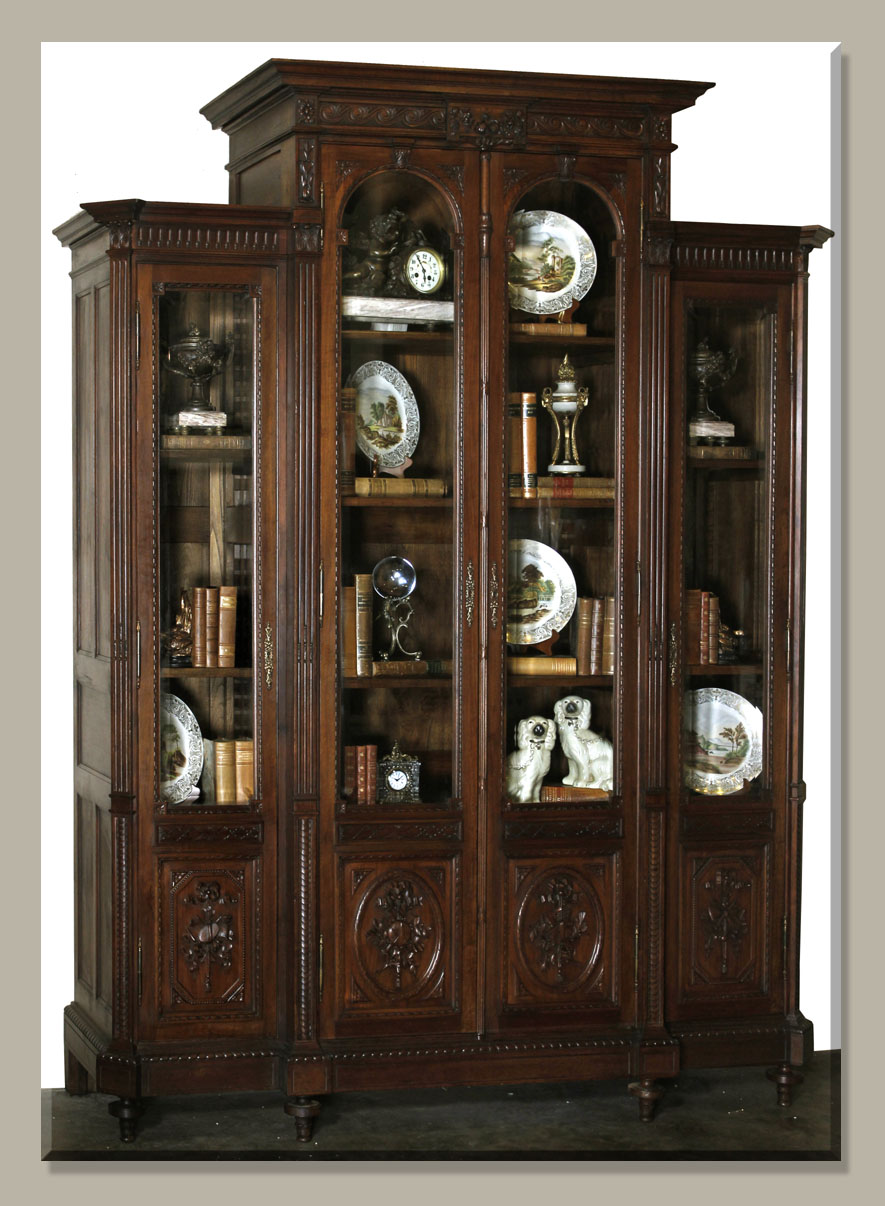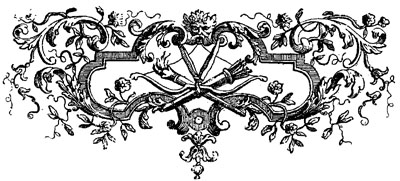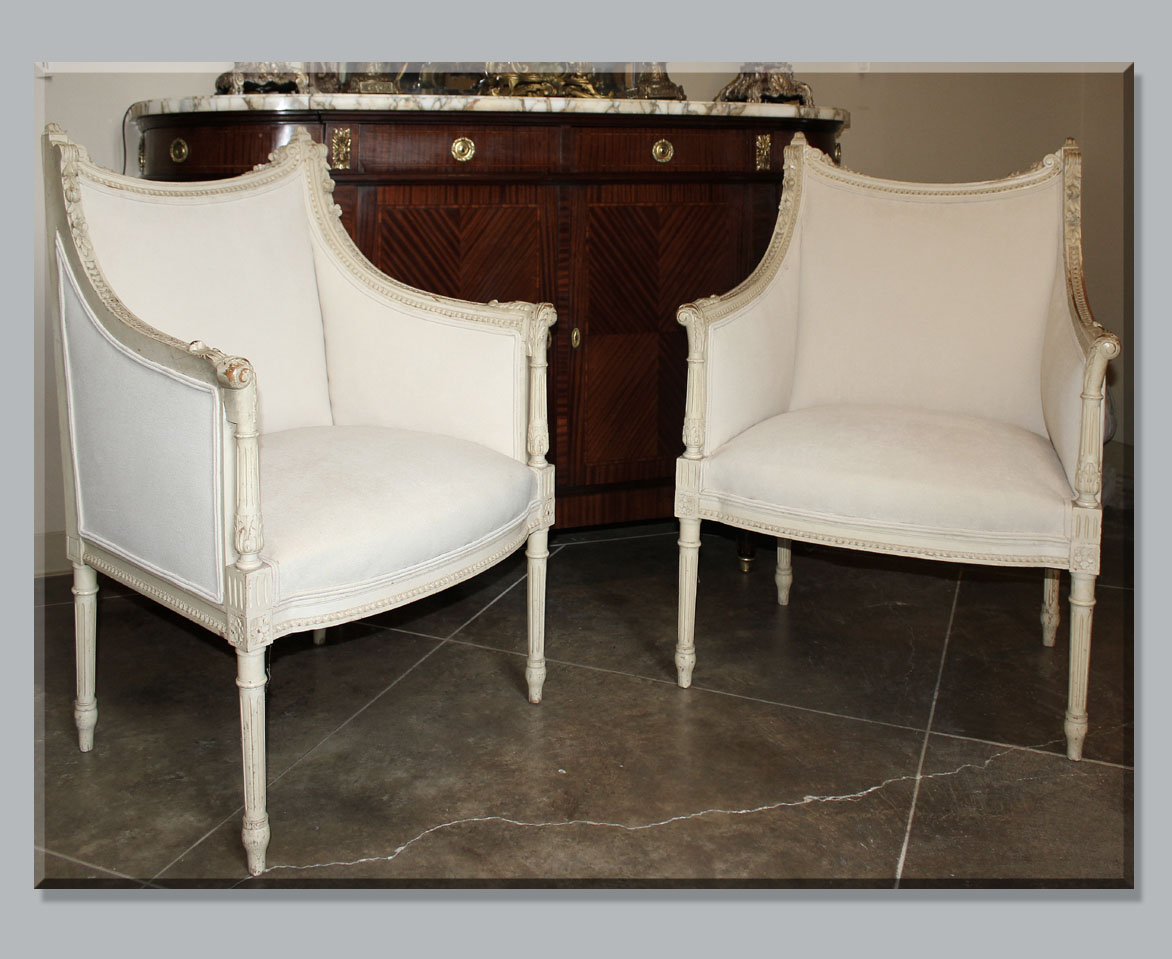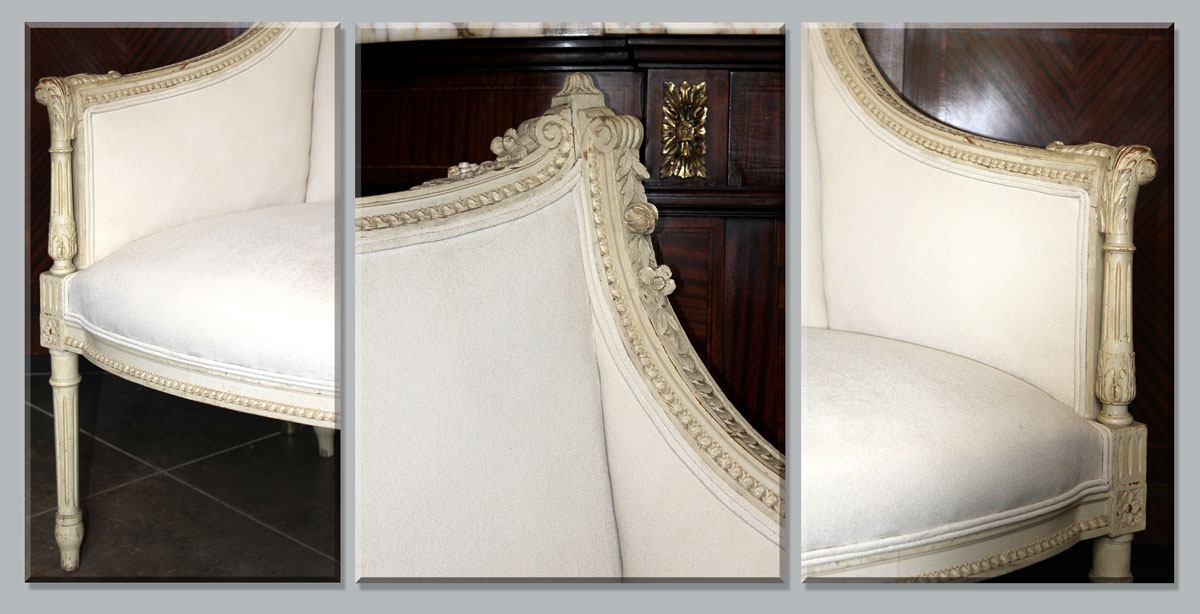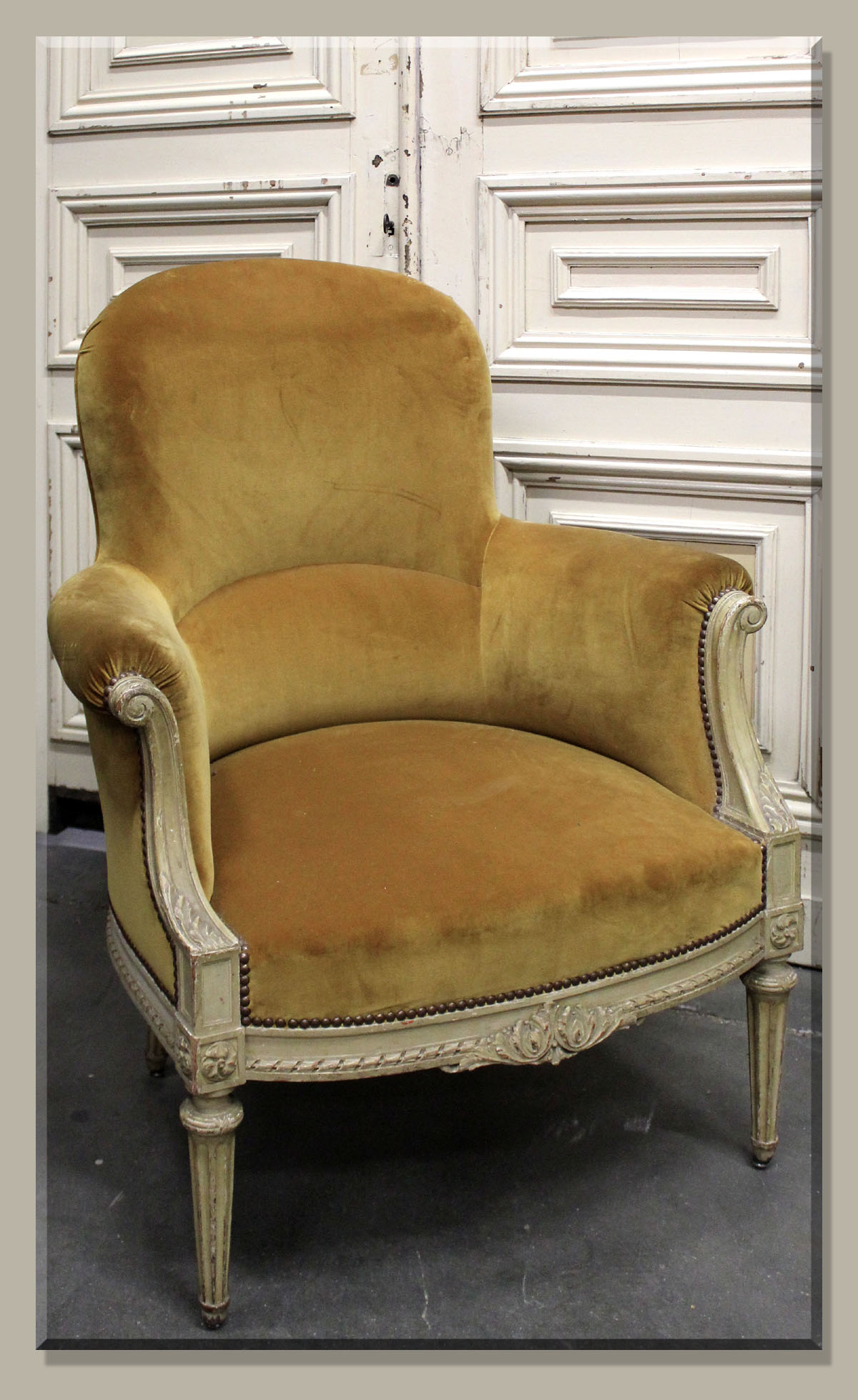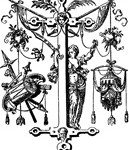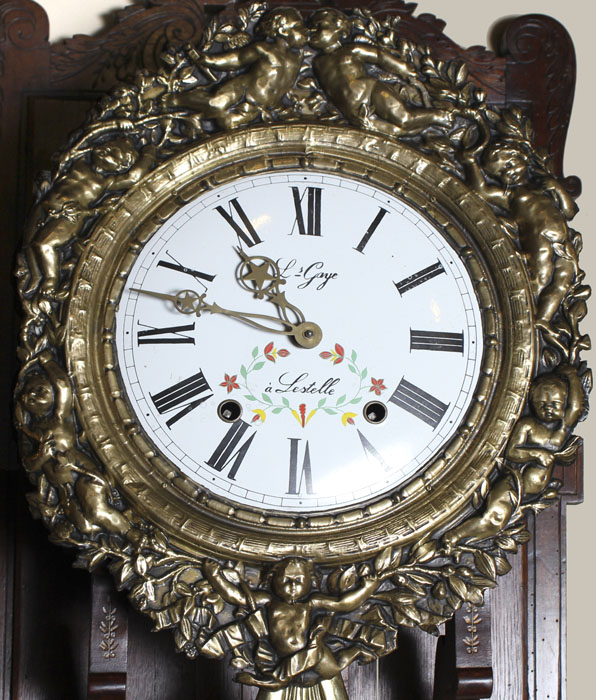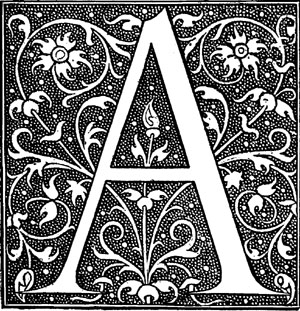 ntique bookcases, or as the French call them ~ bibliotheques ~ were not created until the invention of the printing press during the 15th century. This invention greatly reduced the cost of, and increased the availability of books, making them available to all who could afford them, not just clergy and nobility. Even so, books remained relatively expensive and were highly prized, appreciated, treasured and collected. The antique bookcase was ultimately created to provide a showcase repository for such literary treasures, prized leather-bound volumes filled with engravings and the magic of the written word.
ntique bookcases, or as the French call them ~ bibliotheques ~ were not created until the invention of the printing press during the 15th century. This invention greatly reduced the cost of, and increased the availability of books, making them available to all who could afford them, not just clergy and nobility. Even so, books remained relatively expensive and were highly prized, appreciated, treasured and collected. The antique bookcase was ultimately created to provide a showcase repository for such literary treasures, prized leather-bound volumes filled with engravings and the magic of the written word.
This stately bookcase is a masterpiece of French sculpture, with glorious relief carvings from crown to base depicting symbols of art, science, music, and cartography. Created from select French walnut, it features elegant neo-classic lines including a step-front center section that is also raised above the side cabinets for visual appeal from all angles. This architecture makes it suitable as the centerpiece for any space. The beveled and arched glazing allows one to perfectly display one’s most cherished heirlooms, while the lavishly carved panels below allow one to store items in a more discreet manner. Mitered and fluted cornerposts add a special touch. Discovered in the condition you see before you, all that was required of our expert in-house restoration staff was the application of a hand-rubbed wax finish to rejuvenate the master work, readying it for its next century of majesty! Paris, circa 1880s; measures 100.5 x 75 x 22.
Initially bookcases were relegated to the office or the library. Later, during the 19th century, Edith Wharton wrote in her famous book Decoration of Houses, “Those who really care for books are seldom content to restrict them to the library, for nothing adds more to the charm of a drawing-room than a well-designed bookcase: an expanse of beautiful bindings is as decorative as a fine tapestry”. In the case of the featured bookcase above, I definitely concur. What a captivating centerpiece to a room the antique bookcase can be ~ filled with leather-bound books and a collection of antique objets d’ art!
True antique bibliotheques are difficult to find, due to the small percentage of the population that could afford the education and the cost of books themselves. Even more difficult to find are surviving examples in the Louis XVI style, such as the one pictured above.
Be sure to check out all our fantastic bookcases from France, Italy and the rest of the Continent at www.inessa.com. Enjoy!

